In the 1860s and 70s, there was an architectural style that took the world by storm.
It was called “Second Empire”, named after the French Second Empire of Napoleon III’s reign as Emperor of France (1852-70).
Read more …
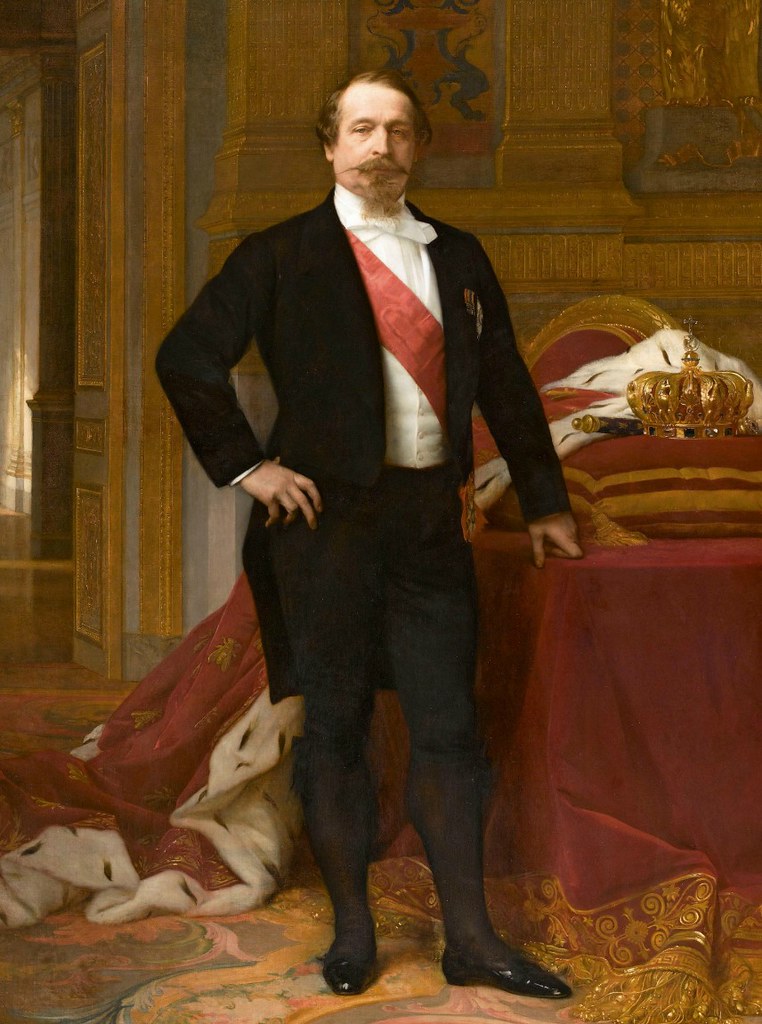
Napoleon III wasn’t just the emperor of France during the Second Empire, he was its chief architect. Under his ambitious vision, Paris underwent a dramatic transformation, replacing medieval alleys with wide avenues and grand buildings adorned in a new style, aptly named the “Second Empire.” Napoleon III not only championed this eclectic blend of Renaissance, Baroque, and contemporary elements, but actively fostered its development by commissioning iconic projects like the Palais Garnier opera house and the Louvre extension. He saw architecture as a tool for both national prestige and social welfare, showcasing France’s power while providing much-needed jobs and housing. So, while talented architects like Hector Lefuel crafted the finer details, it was Napoleon III’s grand vision and unwavering support that truly molded the Second Empire’s architectural aesthetic, leaving a lasting legacy of opulent beauty and urban grandeur.
Period paintings give us an idea of what Paris was like during the French Second Empire.
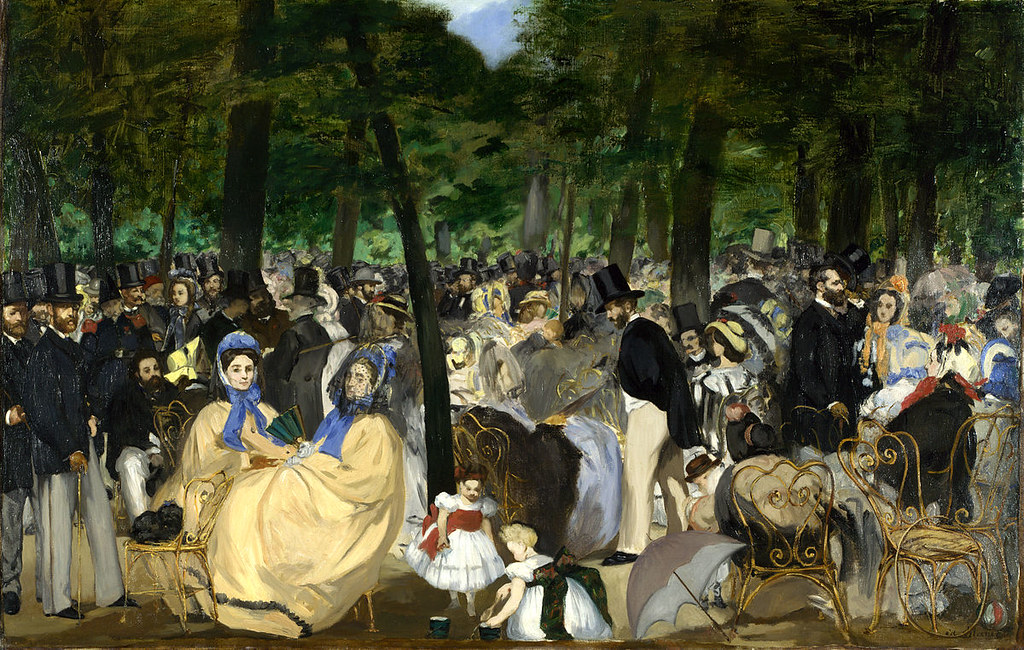
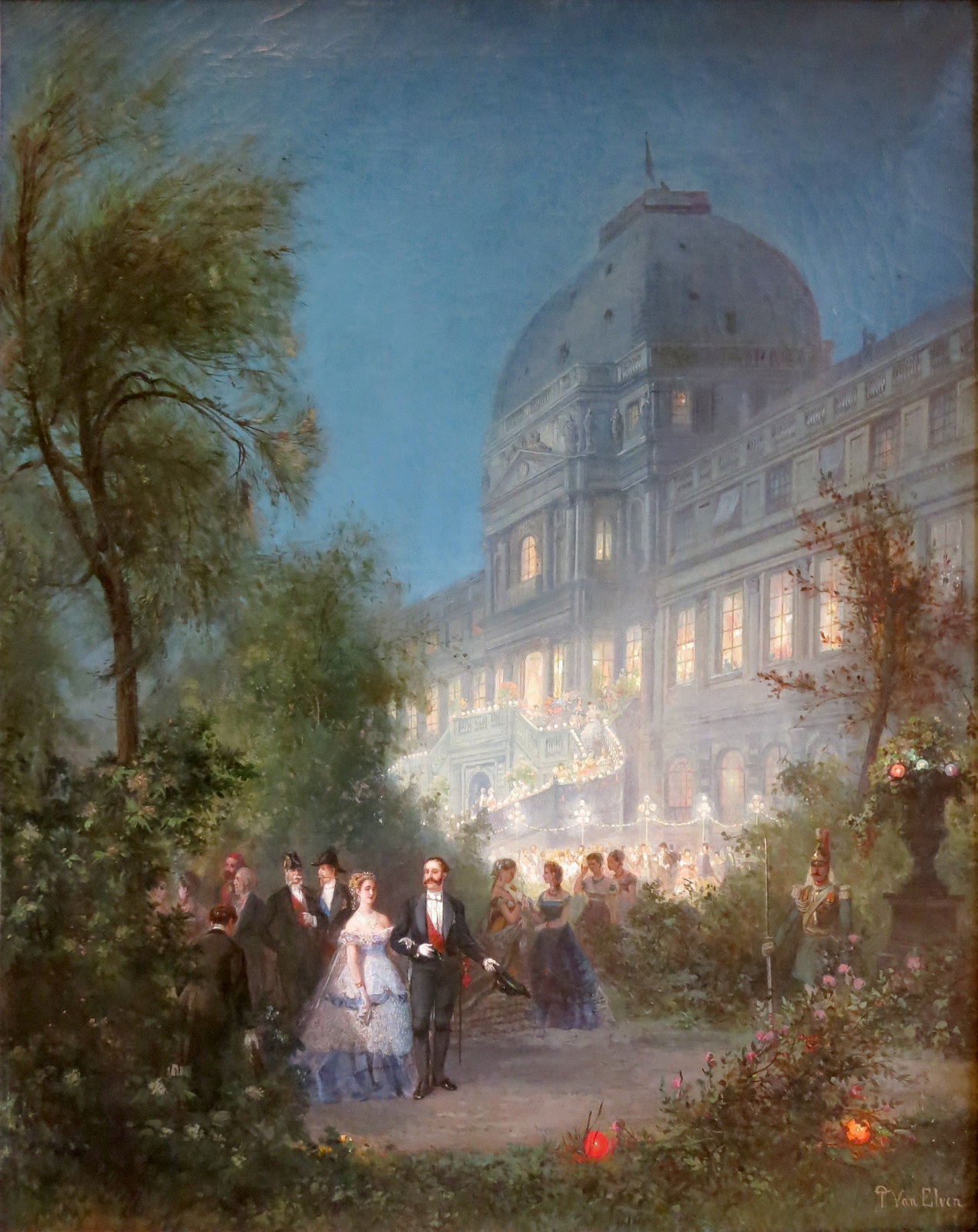

And the opulent interiors hark back to an age of extravagance.
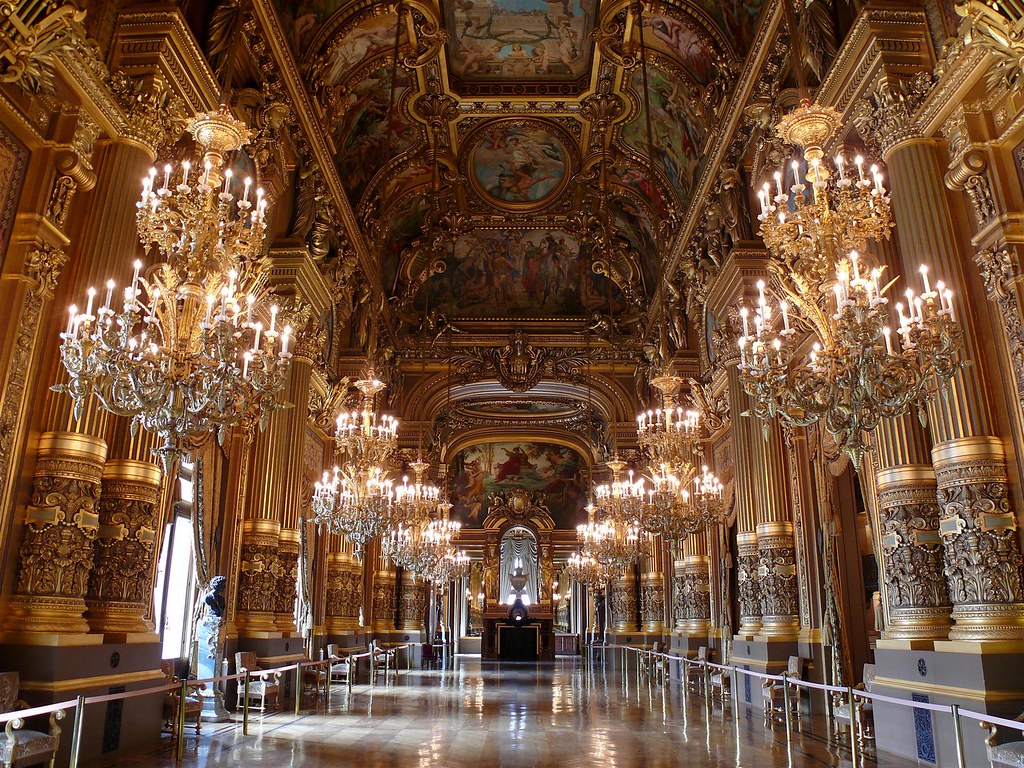
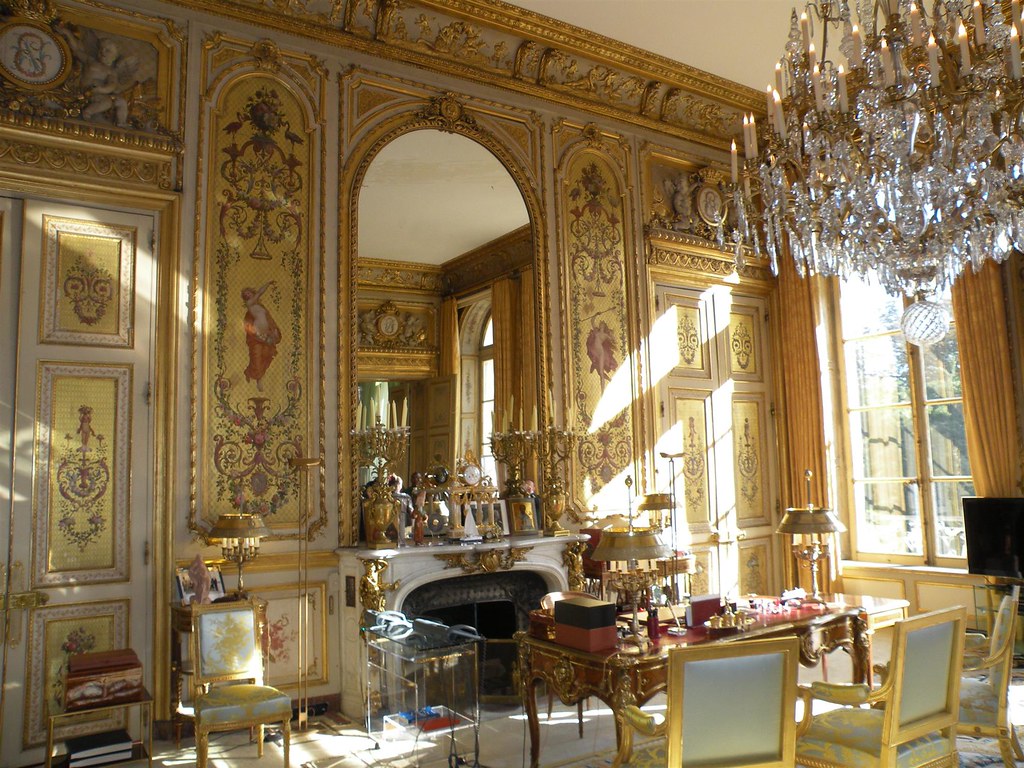
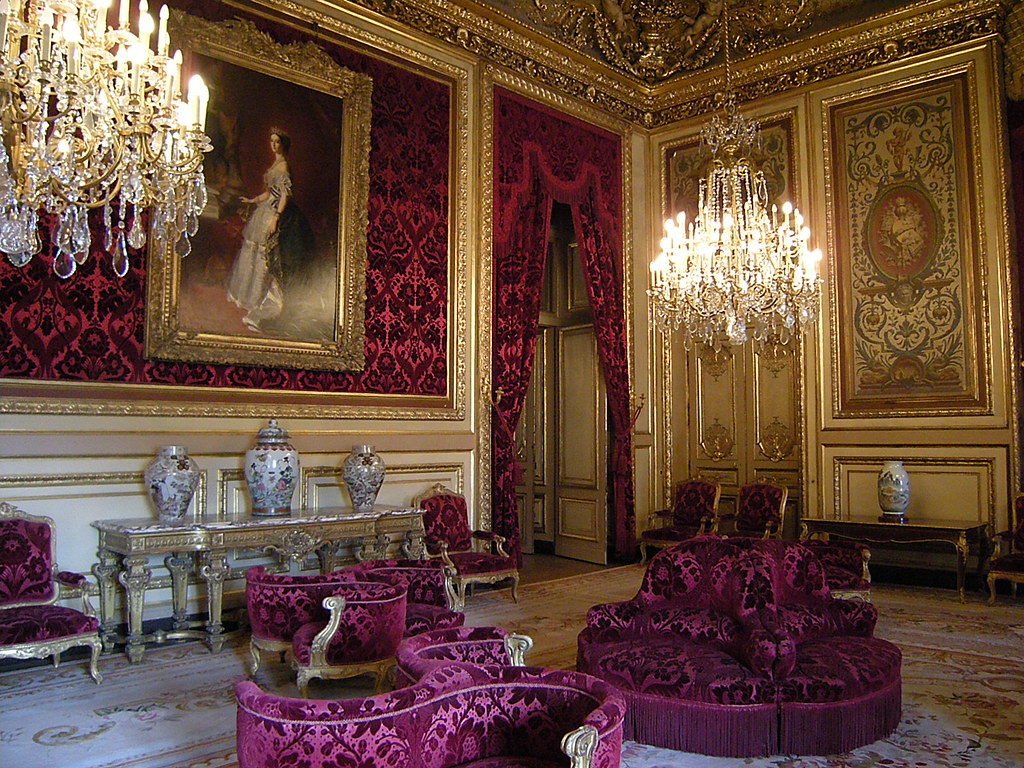
The Second Empire style was characterized by a multifarious mix of earlier European styles—particularly Baroque—often having mansard roofs and square based domes.
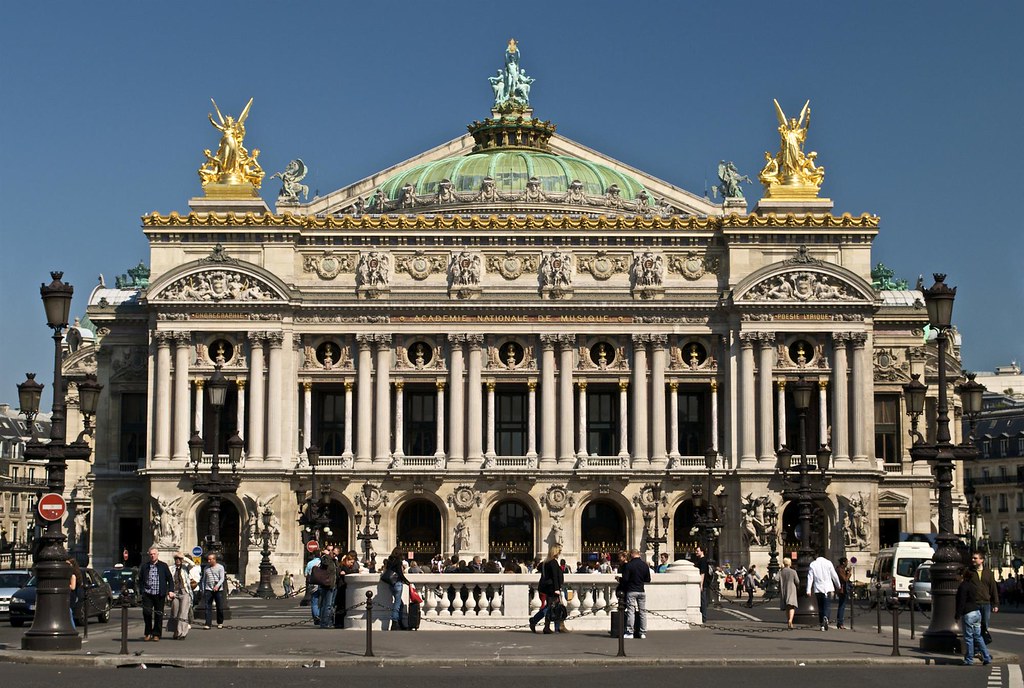
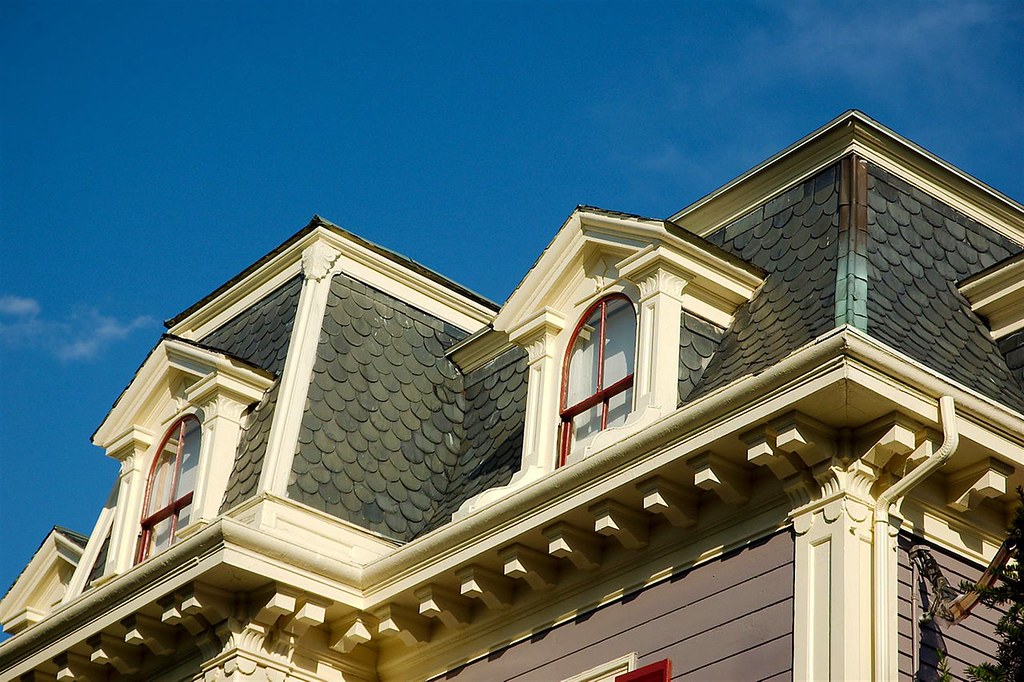

Second Empire could be easily scaled, making it good for a variety of municipal and corporate buildings.
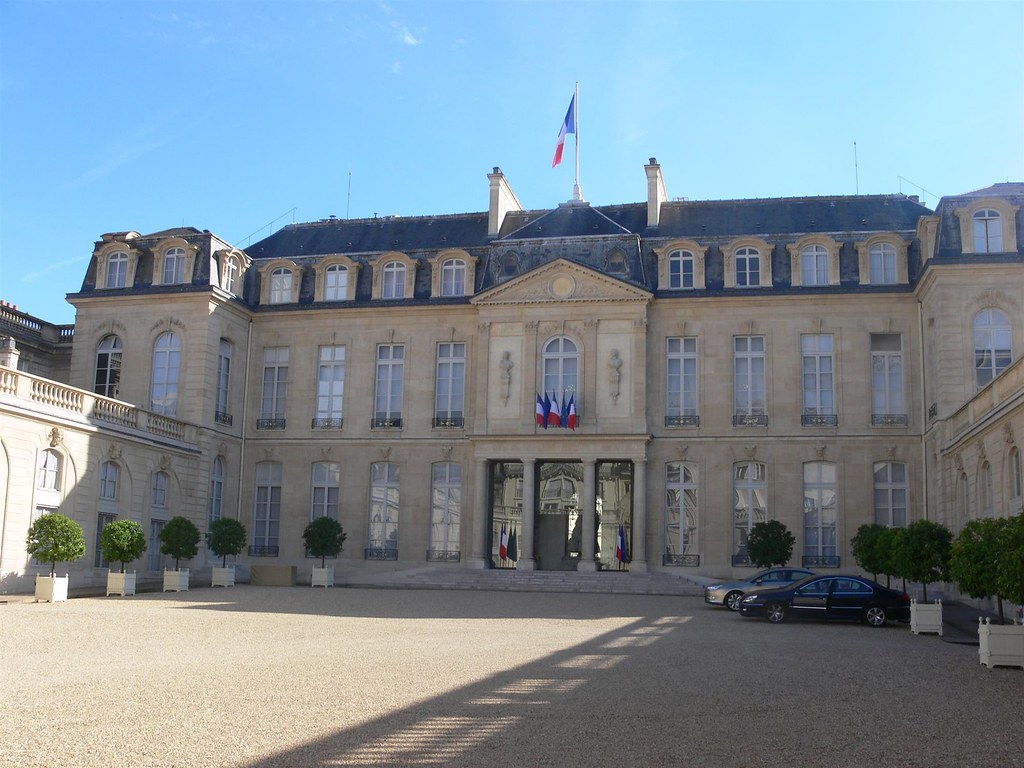
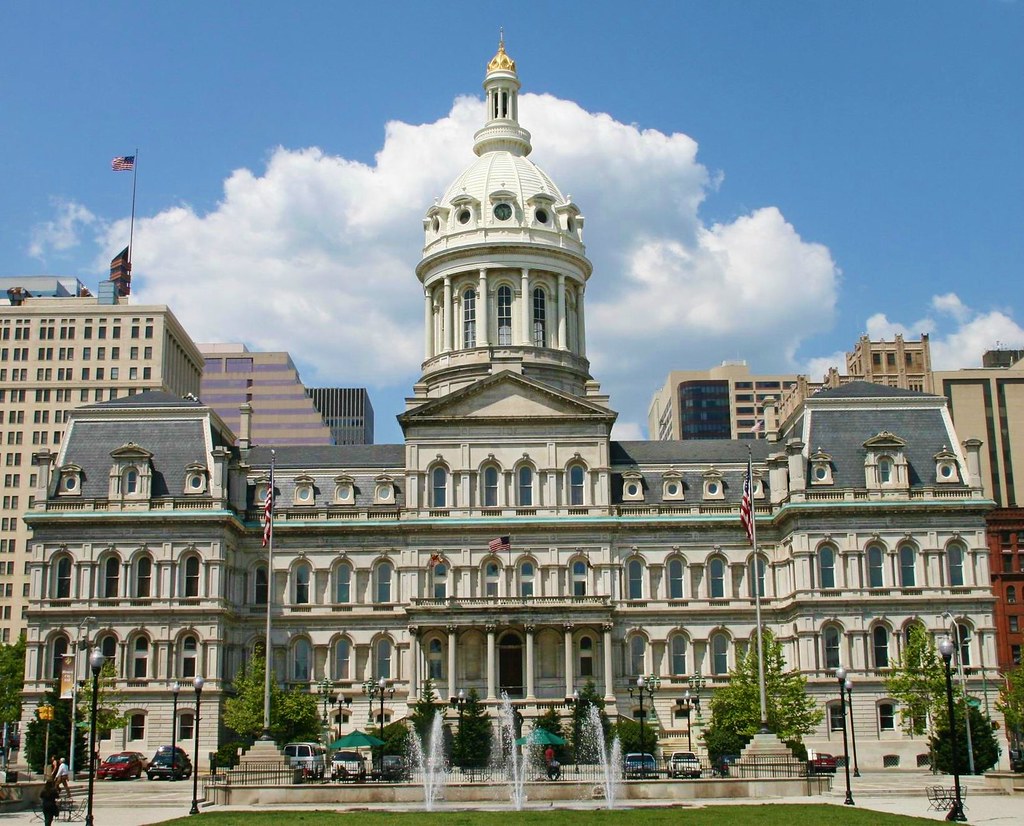

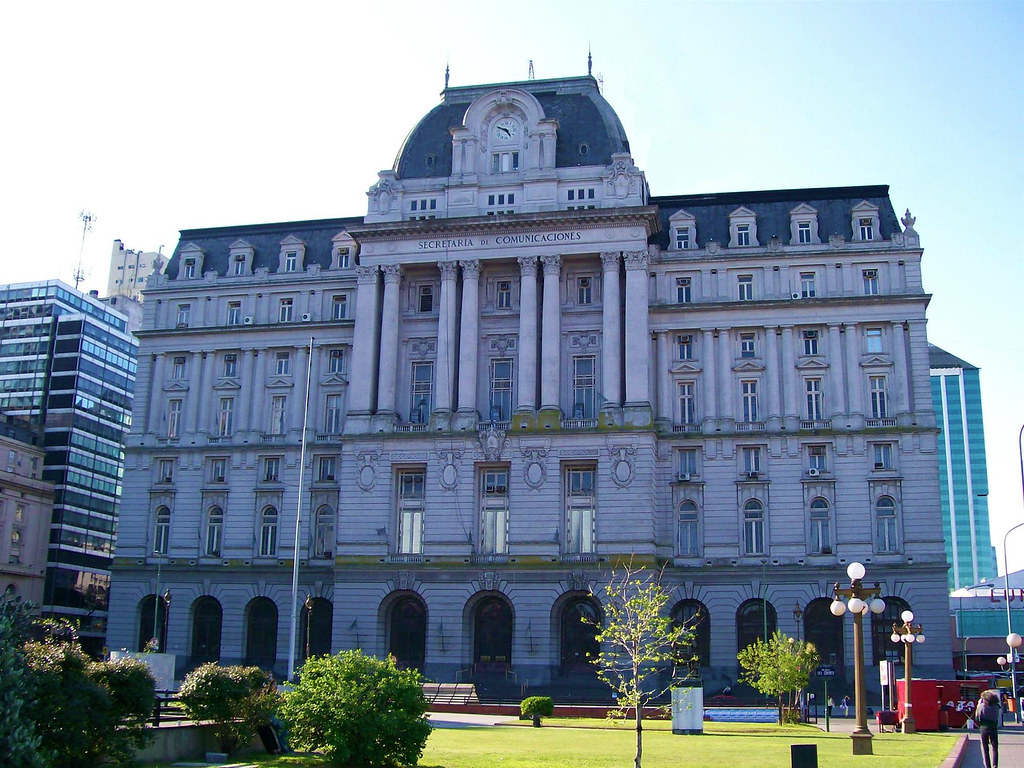
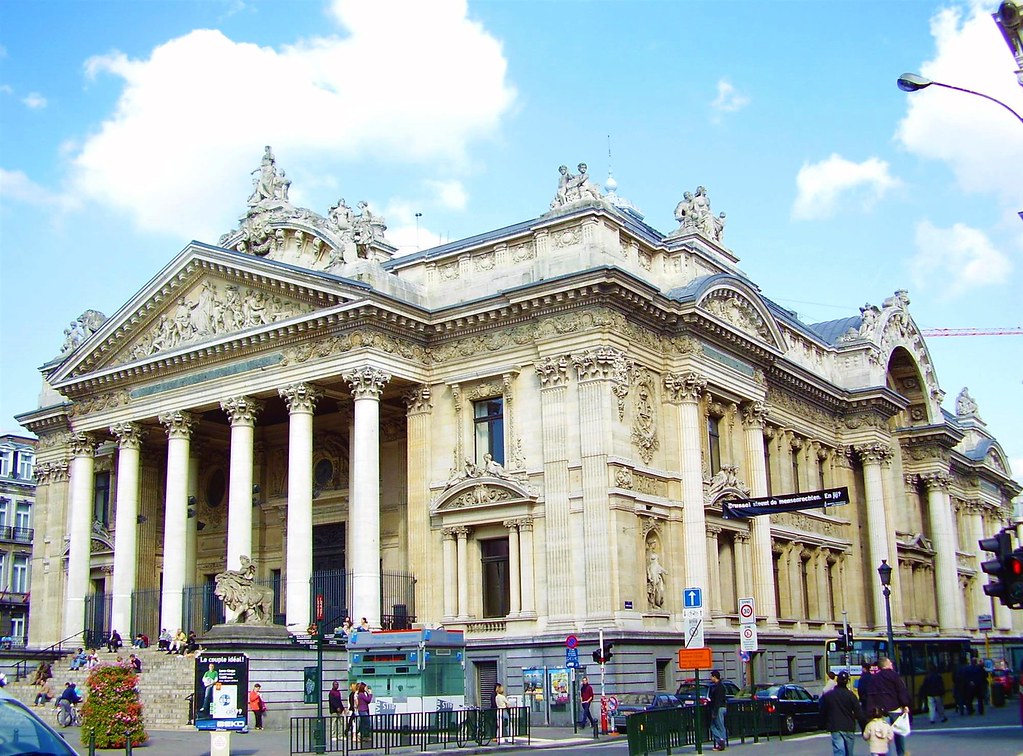


The style spread throughout Europe and across to the United States, where the tower and mansard roof were often the most notable Second Empire elements.
Cresting around the roof and tower became a popular decoration in the US and sometimes acted as a lightning conductor.
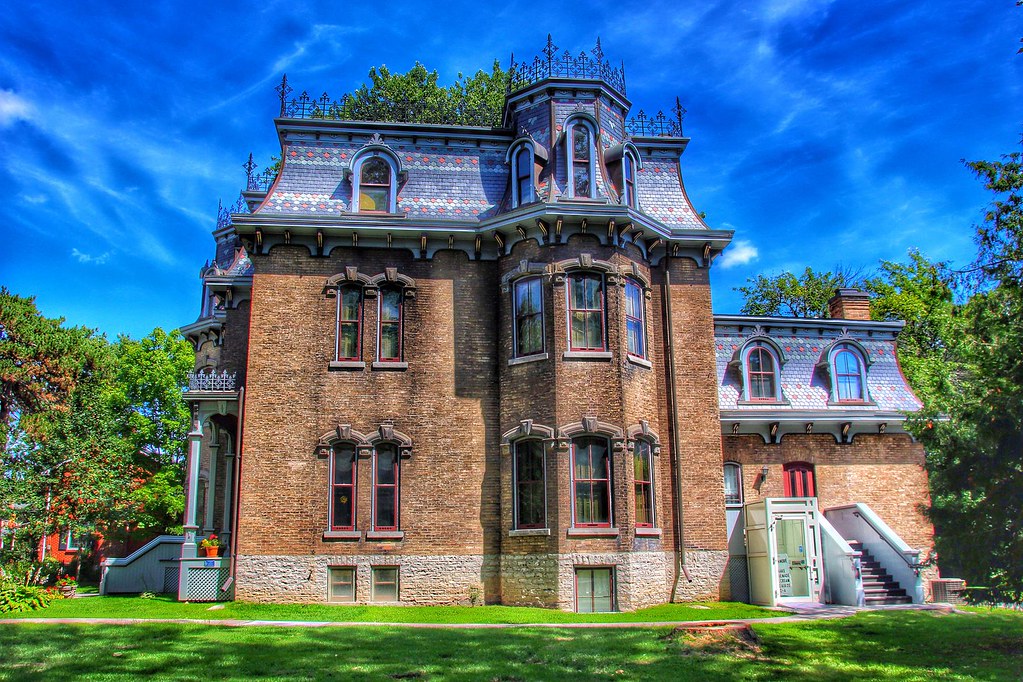
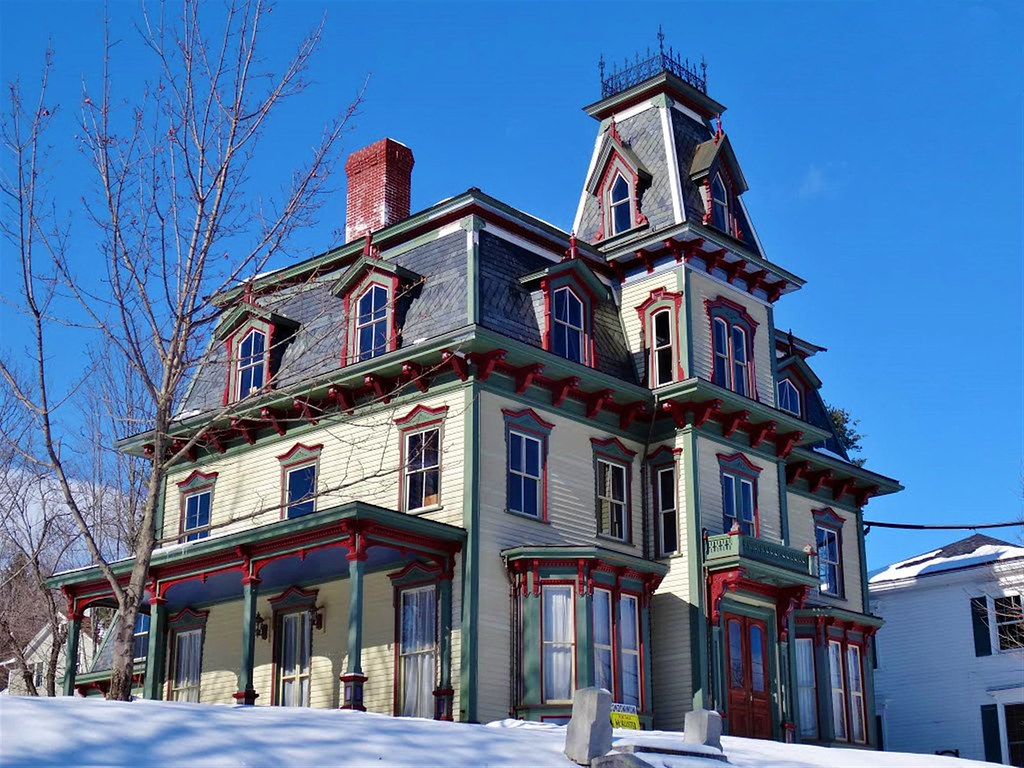
Made of wood, brick or stone, elaborate examples often had paired columns as well as sculpted details around the doors, windows, and dormers.
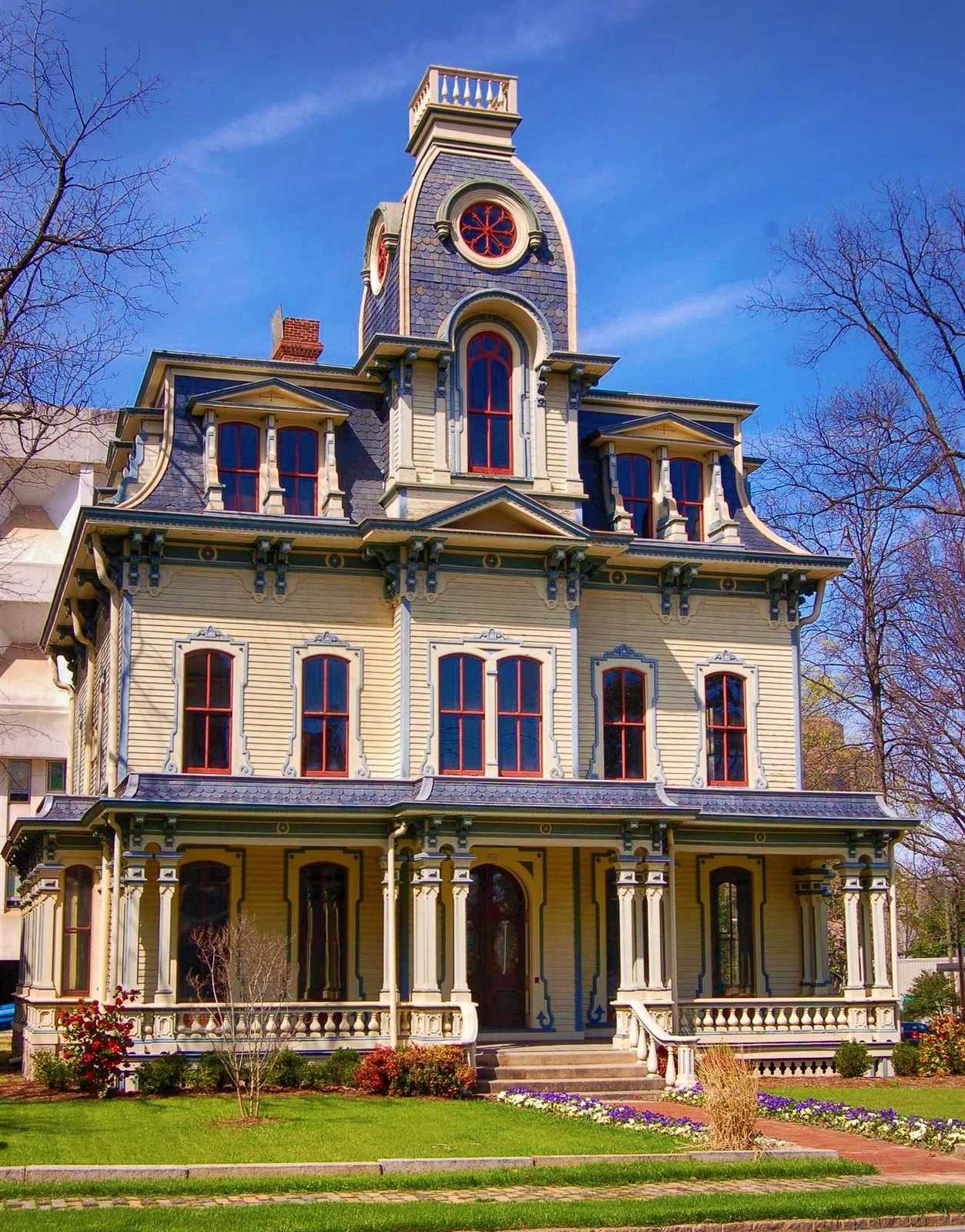
For the nouveau riche, the opulent Second Empire style was the perfect choice to express their new found wealth.
But by the 1880’s, it started to fall out of favor. In came the Queen Anne style, with its wraparound porches, round towers, overhanging eaves and painted balustrades.
By the mid-20th century, thousands of Second Empire homes were demolished in sweeping urban renewal programs.
Instead of harking back to a glorious age, the style became associated with horror thanks to TV shows like the Addams Family and the 1960 movie Psycho.
The above content contains Amazon affiliate links, which means we may earn a small commission from qualifying purchases. Thanks for supporting our work.
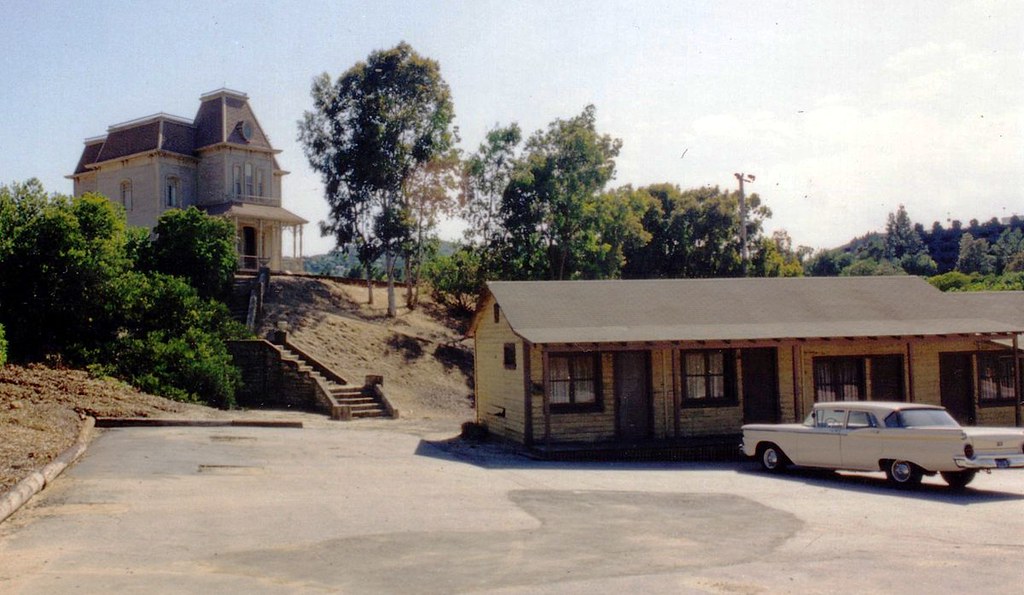
Today, Second Empire is comparatively rare, but some outstanding examples live on as reminders of a glorious bygone era.


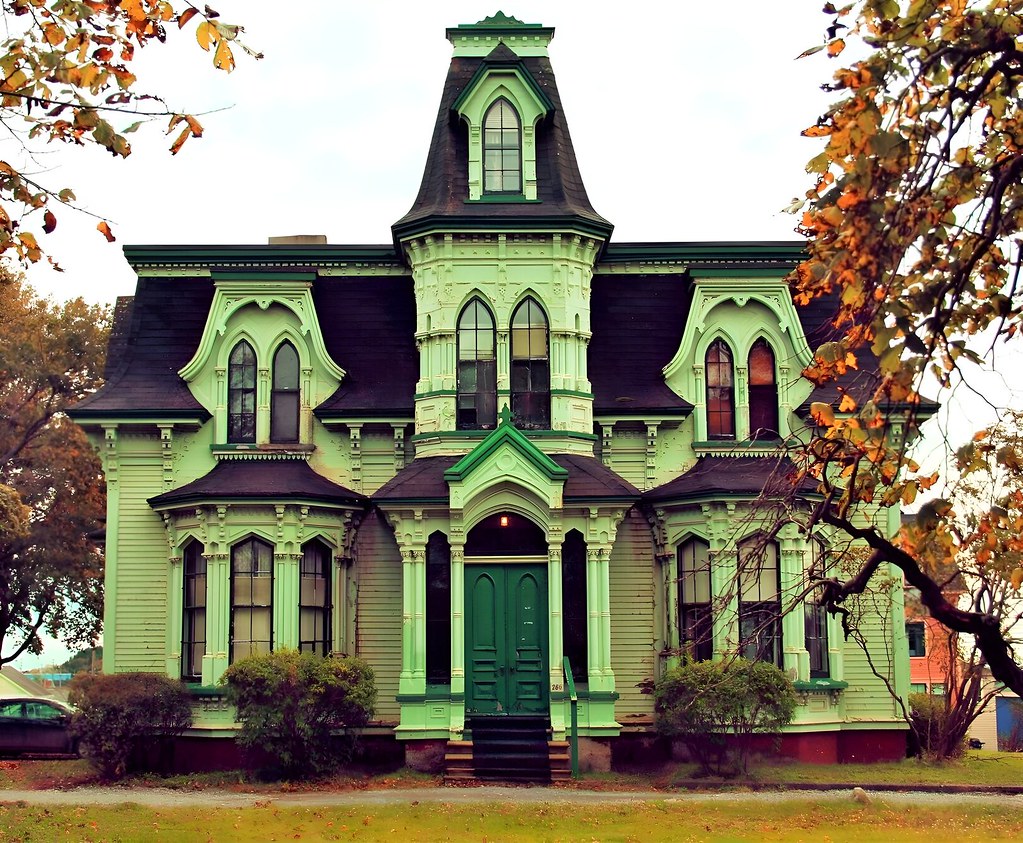
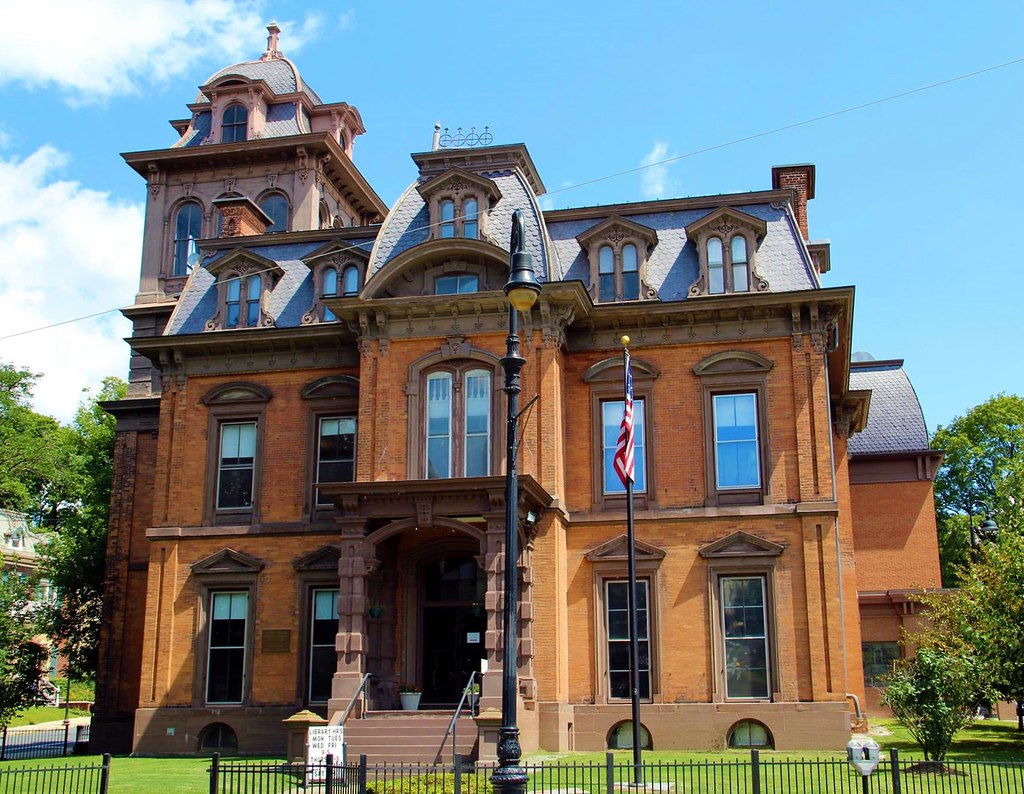
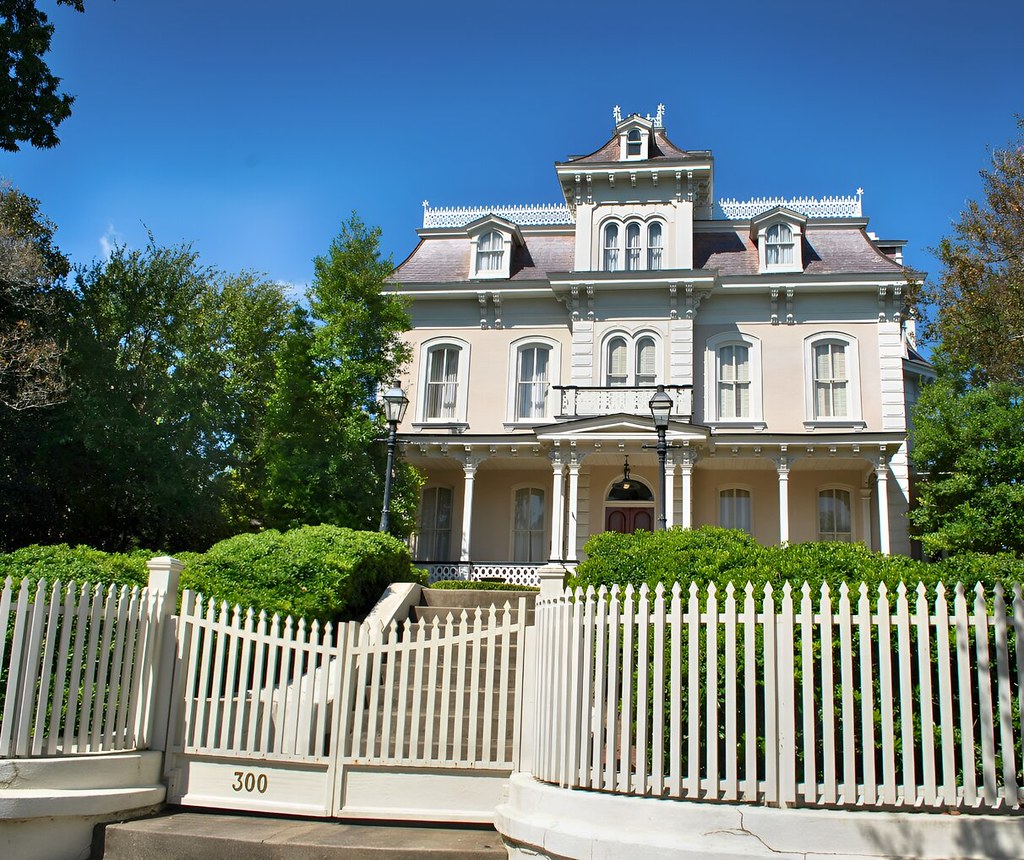


Music of the Second Empire
Jacques Offenbach became known for his operettas satirising the French court of Napoleon III during the Second Empire. But it was good-natured and Napoleon so enjoyed it that he personally granted Offenbach French citizenship and the Légion d’Honneur.
“Belle nuit, ô nuit d’amour,” Jacques Offenbach’s iconic aria from the opera “Les contes d’Hoffmann,” resonates far beyond the stage. Composed in 1881, just one year after the fall of the Second Empire, it carries whispers of the era’s opulent excess and fleeting pleasures. The song’s dreamy waltz rhythm and melancholic lyrics – “fleeting time doth ne’er return, but bears on wings our dreaming” – echo the Second Empire’s own bittersweet legacy. Just as the glittering reign of Napoleon III crumbled under political turmoil, leaving behind a nation grappling with change, “Belle nuit” celebrates a love both passionate and transitory, a mirror to the empire’s own ephemeral grandeur. Its popularity in the years following the empire’s demise suggests a yearning for lost romance and escapism, a nostalgic ode to a bygone era even as France moved towards a new republic. Thus, “Belle nuit” holds a unique position, acting as both a lament for the Second Empire and a timeless expression of love’s bittersweet beauty.
